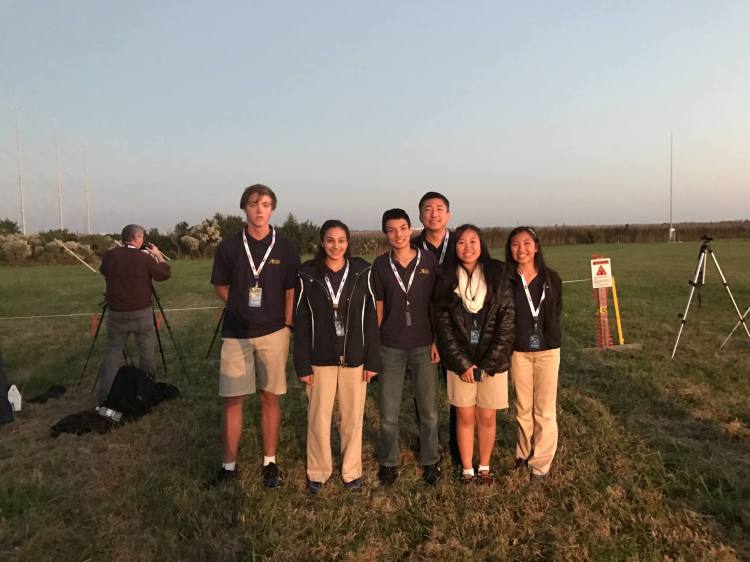Microsoft is calling attention today to progress in a space experiment that was developed by Silicon Valley children and is being deployed on an internet-connected device running Windows 10 IoT Core. As one of many NanoRacks payloads, the experiment went to the International Space Station (ISS) aboard Orbital ATK’s Cygnus spacecraft on October 17 and yesterday was unberthed from the ISS.
Astronauts on the ISS connected the experiment to the internet, which made it possible for the participating students — from Valley Christian Schools in San Jose, California — to follow along. They received data for the first time last week, according to a blog post today from Danny Kim, director of innovation at the nonprofit Quest Institute for Quality Education, which partnered with the schools on the initiative.
Kim talked about some of the students’ discoveries in an email he sent to VentureBeat:
The students have been very excited with the results and have been studying the data as well as the video. There [are] two main learnings we’ve found that [are] of interest. One was the effect of static electricity [on] different metals. [It] can be seen in the video that several of the pieces that have tumbled together during the launch have created static electricity that have attracted each other and bonded together. The lead piece became positively charged, while the copper piece and the steel pieces have become negatively charged and have attracted and bonded to each other… The two pure silver pieces have remained free and [are] seen floating in air on the video.
The second finding was the rising temperature readings in our experiment box that shows rising temperatures from the microprocessor inside [our] cube and [a] decrease in temperature when the processor is turned off. This has given great insight into our future design of the experiment module to better handle distribution of heat through convection within the experiment cube. We are now testing different [methods] of turning on fans within the box to find the best method of cooling our box. Both of these findings help us understand how metals react during launch and in microgravity and [provide] the opportunity for the team to figure out the best method to disperse heat in microgravity.
The autonomous spacecraft is currently heading back to Earth. But because it was connected to the internet, it was already able to transmit data to students, which means they don’t need to wait for it to come back to the school before they can analyze the data. And that’s a step forward for the young researchers, whose predecessors had nothing like this at their disposal.
As Kim writes in the blog post, “Windows 10 IoT made it possible to create a project that not only coordinates and manages multiple student experiments off of one platform, but also connects to servers on earth and is able to transfer data to and from the ISS. This has not only opened up space science experiments to students, but the scale of managing multiple experiments has made this type of program affordable and accessible to more students who are motivated by space science.”
VentureBeat's mission is to be a digital town square for technical decision-makers to gain knowledge about transformative enterprise technology and transact. Learn More

